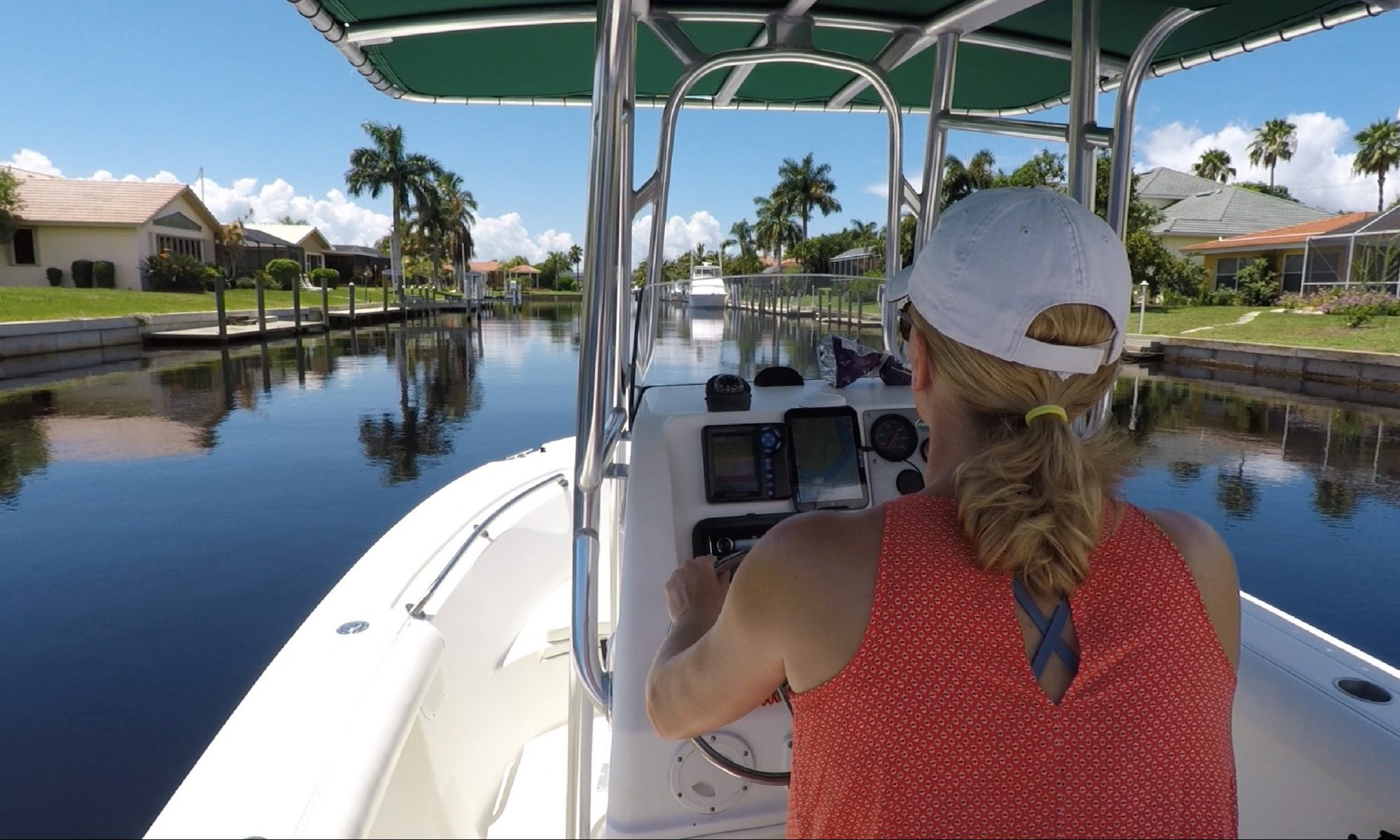The Peace River is a stunning waterway that runs through central Florida, USA, and has played a significant role in the history and development of the region. The river stretches 120 miles, originating in the Green Swamp near the Polk and Hillsborough County line and flowing into Charlotte Harbor on the Gulf of Mexico.
The river has been a vital source of water, food, and transportation for the indigenous populations that lived in the area for thousands of years. The Native Americans who lived along the Peace River and its tributaries relied on the river for fishing and hunting, as well as for irrigation and transportation. They also used the river as a source of freshwater, which was essential for their survival in the often-arid Florida climate.
In the late 1500s and early 1600s, Spanish explorers arrived in the region and established missions along the Peace River. The Spanish were attracted to the area because of its abundant natural resources and strategically-important location, which allowed them to control access to the Gulf of Mexico. The Peace River became an important transportation route for the Spanish as they expanded their control over the region.
In the early 1800s, American settlers began to arrive in the region, and the Peace River quickly became an important transportation route for them as well. The river was a vital link between the Gulf of Mexico and the interior of Florida, and was used by merchants and settlers to transport goods and supplies. The river was also used by the U.S. military during the Seminole Wars, which lasted from 1817 to 1858, as they tried to capture or remove the Seminole people from Florida.
Throughout the 19th and early 20th centuries, the Peace River remained a vital transportation route, but its importance diminished as railroads and roads were built in the region. The river was still used by locals for fishing, hunting, and as a source of freshwater, but its significance as a transportation route declined.
In the mid-20th century, the river began to gain attention again as the region’s population grew and the demand for water increased. In the 1950s, the Peace River was identified as a potential source of water for the rapidly-growing city of Tampa, and the Peace River Basin Board was established to manage the river’s water resources. The board was later replaced by the Southwest Florida Water Management District, which continues to manage the river’s water resources to this day.
Today, the Peace River is still an essential source of fresh water for central Florida, but its significance goes beyond just water. The river is now a popular destination for outdoor recreation, such as fishing, boating, and kayaking, and is home wildlife such as alligators, manatees, and a wide range of bird and fish species. The river is also a significant ecological resource, as it provides habitat for a variety of plants that and also helps to recharge the region’s aquifers.
In conclusion, the Peace River has a rich history and has played a significant role in the development and growth of central Florida. The river has been a source of water, food, and transportation for thousands of years, and continues to be an important resource for Southwest Florida today. Whether you’re looking for a place to fish, kayak, or just enjoy the beauty of nature, the Peace River is a must-visit destination.



